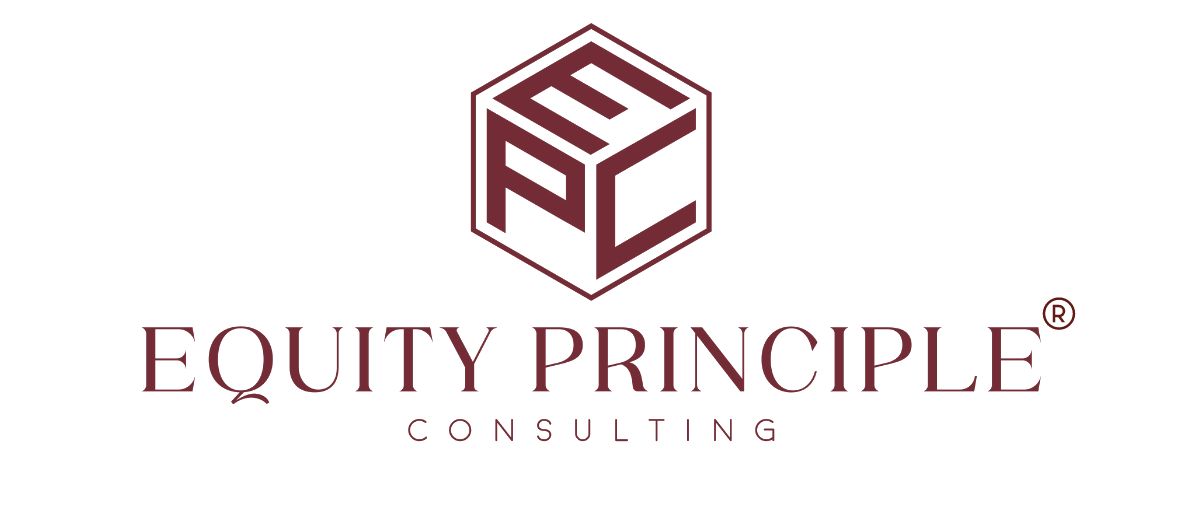Multi-Generational Workforce: 5 Key Initiatives to Foster an Inclusive Culture
Did you know that there are 5 Generations in the Workforce today?
A multi-generational workforce demands an inclusive workplace. From Baby Boomers and Gen X to Millennials and Gen Z, each generation brings unique values, work habits, and perspectives. Bridging the gap between these generational divides is crucial for fostering inclusivity, collaboration, and overall business success.
Here are five initiatives that organizations can implement to create a harmonious, inclusive environment for a multi-generational workforce:
- Inclusive Leadership Training:
-
- Objective: Equip leaders with the skills and knowledge to lead diverse teams and understand each generation’s unique attributes and challenges.
-
- Action Steps: Conduct workshops and training sessions emphasizing empathy, active listening, and effective feedback. Introduce case studies showcasing multi-generational challenges and how to address them constructively.
- Cross-Generational Mentoring Programs:
-
- Objective: Facilitate knowledge sharing and relationship building across different age groups.
-
- Action Steps: Pair younger employees with seasoned professionals in a mentor-mentee relationship. This fosters mutual respect and allows both parties to learn from each other. For instance, while older employees can share industry experience, younger ones can introduce them to the latest tech tools or social media platforms. Or vice versa.
- Flexible Work Arrangements:
-
- Objective: Accommodate the diverse work preferences and life stages of all employees.
-
- Action Steps: Offer flexible hours, remote work options, and varied break times. While a young parent might appreciate the flexibility to drop off their child at school, a senior employee might value mid-day breaks for health appointments.
- Regular Feedback Mechanisms:
-
- Objective: Understand the evolving needs and preferences of a diverse workforce.
-
- Action Steps: Conduct regular surveys, focus group discussions, and open forums where employees from different generations can voice their opinions. This continuous feedback loop ensures that the workplace remains adaptive and responsive to the needs of all its members.
- Multi-Generational Collaboration Projects:
-
- Objective: Encourage different age groups to work together, dispelling stereotypes and fostering mutual respect.
-
- Action Steps: Form project teams with a mix of generations, ensuring a blend of experience levels. This can lead to a richer exchange of ideas, combining the wisdom of age with the innovation of youth.
Conclusion:
Creating an inclusive environment for a multi-generational workforce doesn’t merely benefit the employees—it’s a strategic advantage for businesses. Organizations that can harness the collective wisdom, experience, and innovative spirit of all their members will be better positioned to adapt, grow, and thrive in an ever-changing global landscape. By implementing these initiatives, businesses can pave the way for a more inclusive, harmonious, and productive future.

